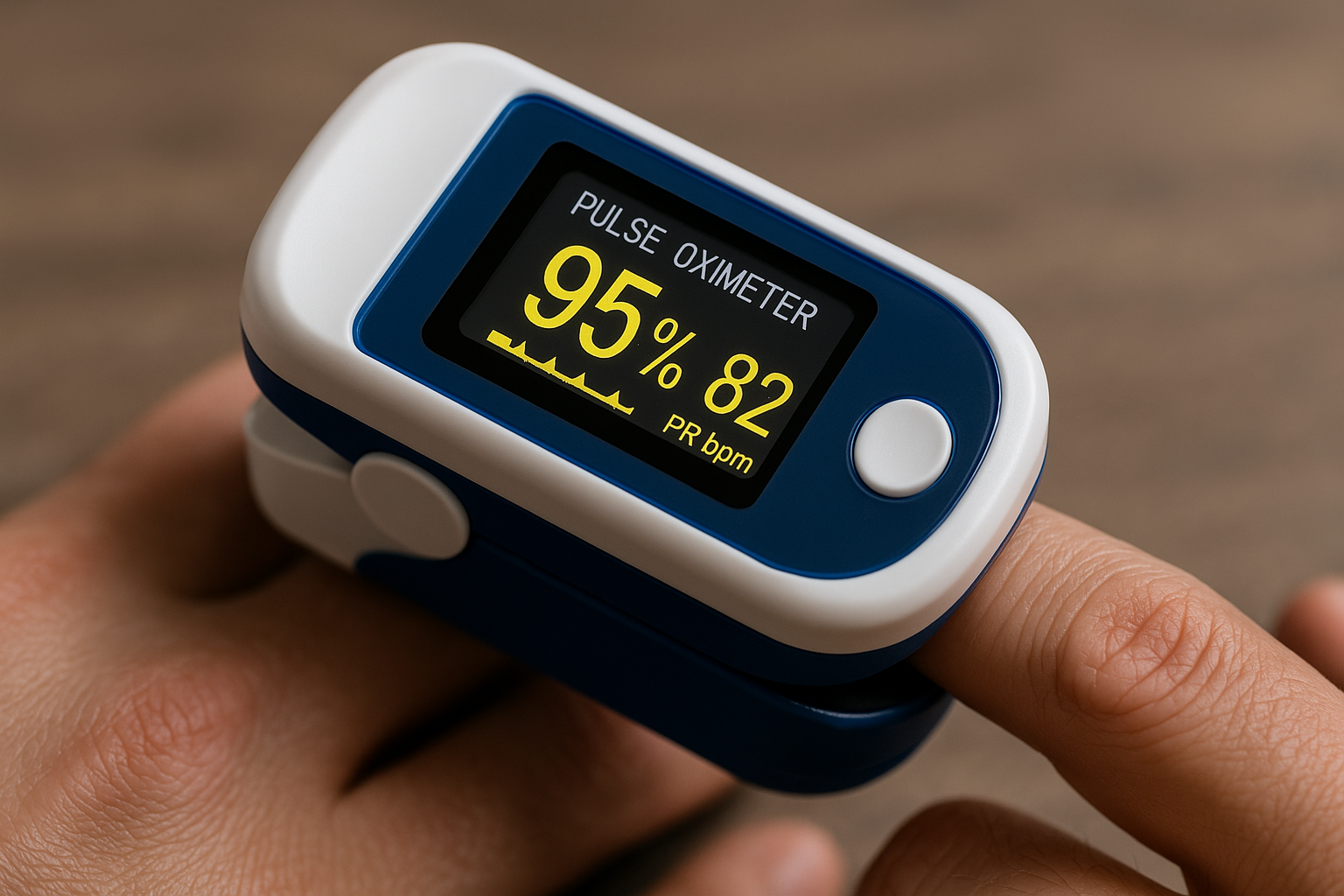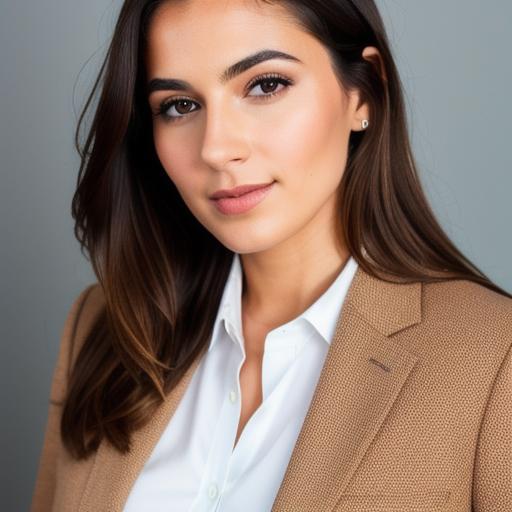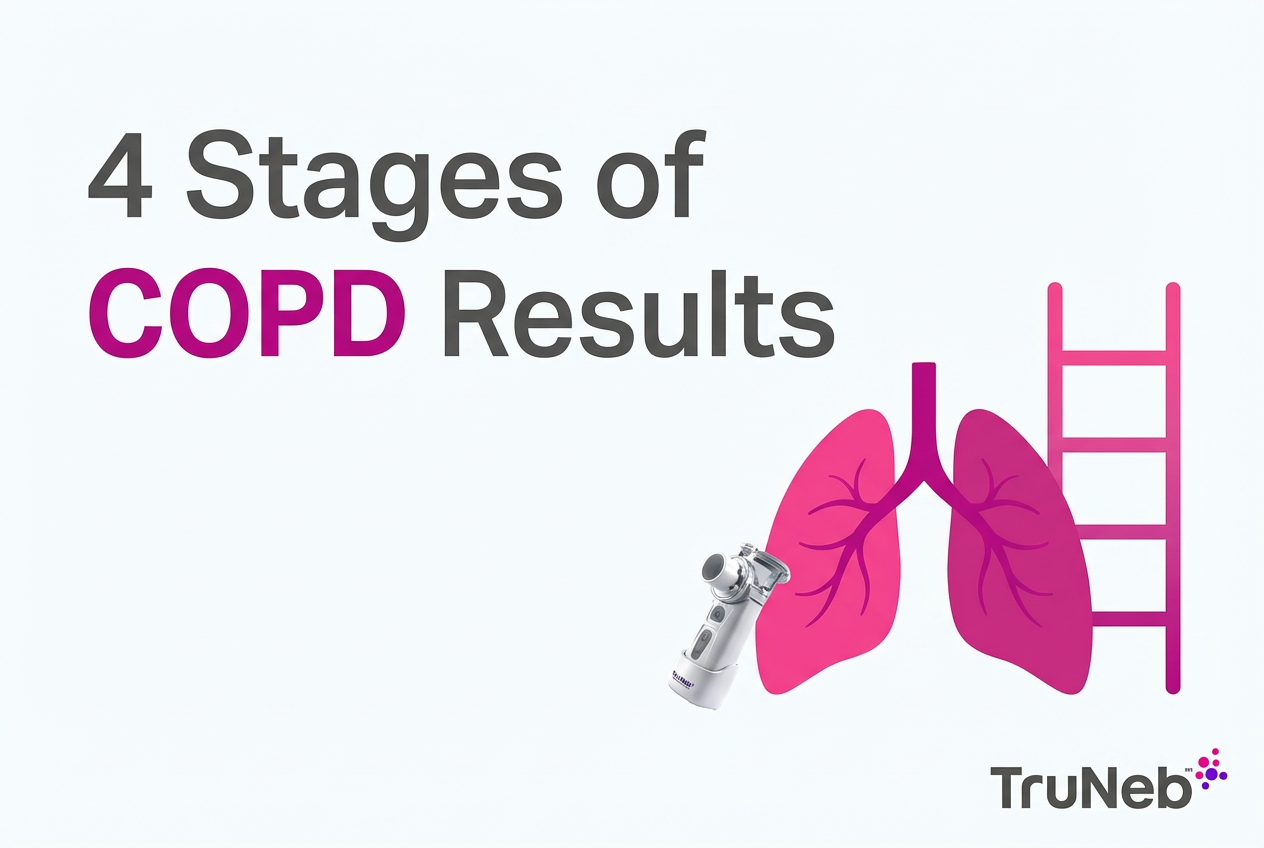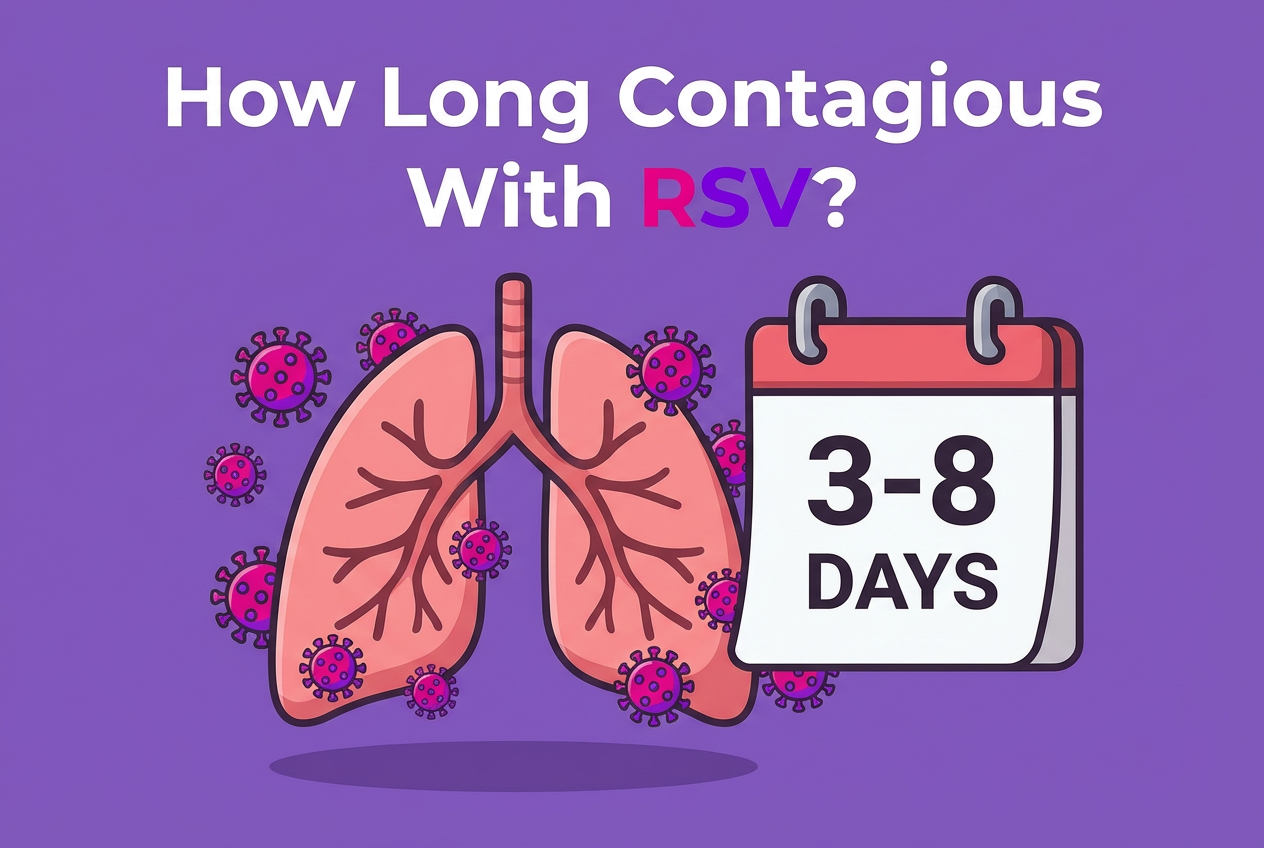On this page

Healthy blood oxygen levels are essential for keeping your body functioning at its best. Oxygen (O2) fuels every function of your body, helping your organs, muscles, and cells work efficiently. If your oxygen levels drop, whether due to a health condition or temporary issues like poor air quality, your body can struggle to get the energy it needs to operate smoothly.
In this guide, we’ll walk through some practical ways on how to increase blood oxygen levels immediately and long term. We’ll explore how conditions like sleep apnea can impact O2 levels, dive into the difference between SpO2 and PaO2 (two different ways oxygen is measured in the body), and provide simple steps you can use to utilize oxygen.
Whether you're looking for immediate solutions or long-term strategies to boost oxygen levels, these tips can help you breathe easier—literally.
Understanding Blood Oxygen Levels
What is a healthy blood oxygen level?
Your blood oxygen level refers to the amount of oxygen your red blood cells are carrying to various parts of your body. This oxygen is vital for fueling your cells and making sure your organs function properly. A healthy range for oxygen saturation—measured by a pulse oximeter—typically falls between 95% and 100% (although it can be lower if you have a chronic lung condition). If your levels drop below 90%, it could signal an underlying issue like a lung condition or poor circulation.
When oxygen levels dip too low, you may start to experience symptoms like dizziness, shortness of breath, or confusion. In these cases, knowing how to raise your blood oxygen level becomes essential. Techniques like practicing deep breathing exercises, staying active, and ensuring proper ventilation can help increase your oxygen level over time, supporting better respiratory health.
SpO2 vs PaO2 – Understanding the difference
There are two numbers that directly relate to oxygen in the blood:
- SpO2 is the oxygen saturation level measured by a pulse oximeter, which reflects the percentage of hemoglobin in your blood that’s carrying oxygen. It’s a quick, non-invasive way to check if your oxygen levels are within the healthy range. This tool is handy for everyday monitoring, especially if you’re dealing with respiratory conditions.

- PaO2, on the other hand, is measured through an arterial blood gas test (ABG) and shows the partial pressure of oxygen in your blood. This provides a more precise look at how much oxygen is actually dissolved in your bloodstream. While SpO2 is useful for regular monitoring, PaO2 offers a deeper understanding of oxygen levels, especially in clinical settings where more detailed information is needed.
Both measurements are important, but they serve different purposes. Understanding how to monitor your oxygen level using SpO2 is helpful for tracking immediate changes, while PaO2 can give doctors a clearer picture of your overall lung function.
Sleep Apnea and Its Impact on Blood Oxygen Levels
What is sleep apnea?
Sleep apnea is a common sleep disorder where breathing repeatedly stops and starts during sleep. There are two main types: obstructive sleep apnea (OSA), which happens when the throat muscles relax and block the airway, and central sleep apnea (CSA), which happens when the brain fails to send the proper signals to the muscles that control breathing. Both types cause interruptions in your breathing that can lead to temporary drops in your blood oxygen levels during the night.
When these pauses in breathing occur, oxygen levels can dip below the normal oxygen level while sleeping, which is typically between 90% and 95%. This can result in restless sleep, daytime fatigue, and even more severe health problems over time.
How sleep apnea lowers oxygen levels during sleep
During apneic events, the airway becomes blocked or breathing stops, causing O2 levels to fall rapidly. This lack of oxygen, also known as hypoxia, can lead to headaches, fatigue, and long-term risks like high blood pressure and heart disease. People with sleep apnea often wake up gasping for air as their body responds to these dangerous dips in blood oxygen.
To combat these effects and increase oxygen levels while sleeping, treatments like CPAP (Continuous Positive Airway Pressure) machines are often prescribed after getting a sleep study. CPAP helps keep the airways open, preventing apneic events and maintaining a healthier oxygen level throughout the night. Monitoring tools like pulse oximeters can also be used to monitor oxygen levels while sleeping, so any drops are detected and managed properly.
How to Increase Blood Oxygen Level Naturally
Ways to increase blood oxygen level immediately
It’s important to understand that in many cases, there’s not a whole lot you can do to make a serious impact on your blood O2 levels without medical interventions. But if you’re wondering how to increase oxygen level immediately, there are a few things you can do. Simple breathing exercises can make a big difference. Techniques like pursed-lip breathing and deep belly breathing help open up your airways and maximize the amount of air & oxygen your lungs can take in. For pursed-lip breathing, breathe in slowly through your nose, then exhale slowly through pursed lips (as if you’re blowing out a candle). This can create back pressure in the lungs that optimizes the amount of oxygen you’re utilizing.
Another quick way to boost your oxygen levels is to step outside (as long as the pollution level isn’t off the charts bad) and get some fresh air with some deep breaths. Fresh air is rich in oxygen, so taking a walk or even opening a window can give you an instant boost. Although it may not be a permanent solution, these steps can help improve oxygen levels in the short term.
Exercise and hydration to increase blood oxygen levels
Regular exercise is one of the best ways to improve your body’s oxygen utilization. Cardiovascular exercise like walking, running, or swimming, strengthens your lungs and heart, making it easier for your body to absorb and circulate oxygen. Over time, this can increase your lung capacity and PaO2, helping you feel more energized throughout the day.
Staying hydrated also has an influence in maintaining healthy O2 levels. Water helps your body transport oxygen more efficiently by reducing strain on your cardiovascular system with proper hydration. So, drink plenty of water to ensure that oxygen is delivered where it’s needed most!
Nebulizer treatments
For people with conditions like COPD and asthma, chronic wheezing & bronchospasm can impact your oxygen levels. Taking your prescribed inhalers and nebulizers can ensure your bronchioles are open and able to breathe in and out efficiently.
What You Should Know About Air Quality and Oxygen
Can you increase oxygen levels in your home?
A common misconception is that using air purifiers or growing indoor plants can increase oxygen levels at home. In reality, the concentration of oxygen in the air is always about 21%, whether you're indoors or outside. So, while you can’t increase your oxygen level by using an air purifier or adding more plants, you can improve the overall air quality in your home – a worthwhile endeavor!
Improving air quality—by reducing allergens, dust, and pollutants—helps make breathing more efficient. This can make it easier for your body to take in oxygen, especially if you have conditions like asthma or COPD, but the oxygen content of the air remains the same.
When to use air purifiers
As mentioned before, while air purifiers don’t increase oxygen levels, they are effective in reducing irritants that can make breathing more difficult. If you suffer from asthma, COPD, or allergies, using an air purifier can help remove dust, pet dander, and other pollutants from the air, creating a cleaner environment that reduces lung irritation.
Avoid indoor pollutants like smoke or harsh chemicals, as these can lower air quality and make it harder to breathe. Though this won’t increase your oxygen levels immediately, it can help improve your overall lung health and make breathing easier in the long run.
Normal Blood Oxygen Levels
What are normal blood oxygen levels?
SpO2 (measured with a pulse oximeter)
The normal average SpO2 for healthy adults is 95-100% at rest. For some adults with COPD, that range can be as low as 88-94%. Your doctor can give you insight into a level that’s normal for you.
PaO2 (measured with an arterial blood gas)
Average healthy adults should have a PaO2 between 80-100 mmHg. The following ranges correlate with different levels of hypoxia:
- Mild hypoxemia: 60-79 mmHg
- Moderate hypoxemia: 40-59 mmHg
- Severe hypoxemia: 40 mmHg or less
Getting an accurate SpO2 reading
Before using a pulse oximeter, remember that several factors can influence your reading including:
- Cold extremities
- Nail polish or fake nails
- Smoking
- High altitude
- Darker skin tones
- Skin thickness
- Poor circulation
If you can’t get a good reading (or one at all), one of these factors may be to blame.
How to Increase Blood Oxygen Levels: Awareness Helps You Take Control
Knowing information like normal oxygen readings, how to measure SpO2, and how to improve your ability to utilize oxygen is important to your overall health. Equipment like a high quality pulse oximeter can assist you in monitoring your blood O2 levels so you know if you’re at your baseline or need medical attention. And of course, if you’re ever unsure, reach out to your doctor for questions!
*Article reviewed by a licensed Registered Respiratory Therapist
**Last updated: 3/30/2025







